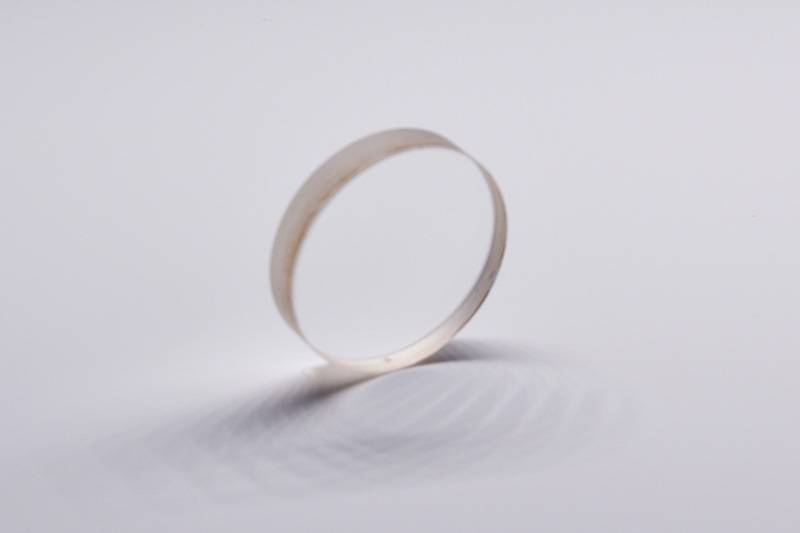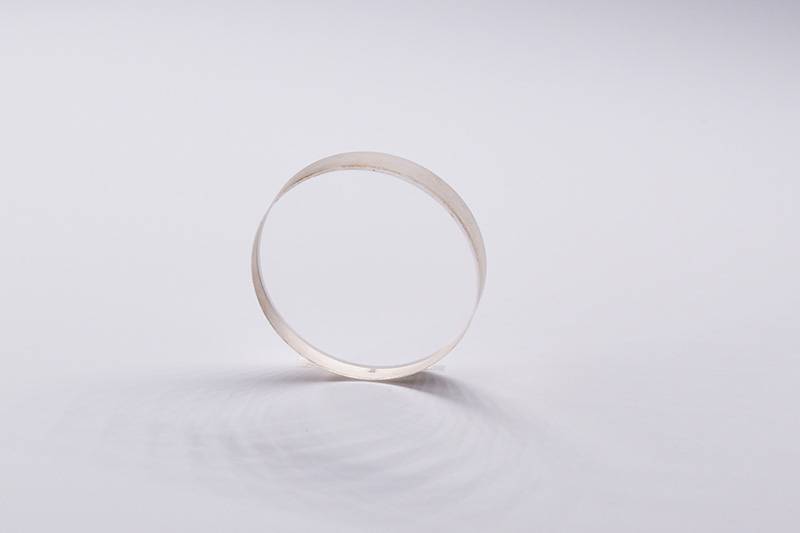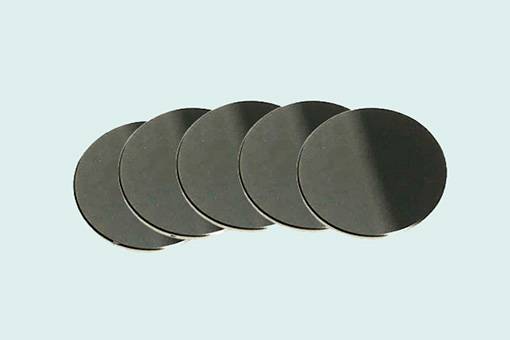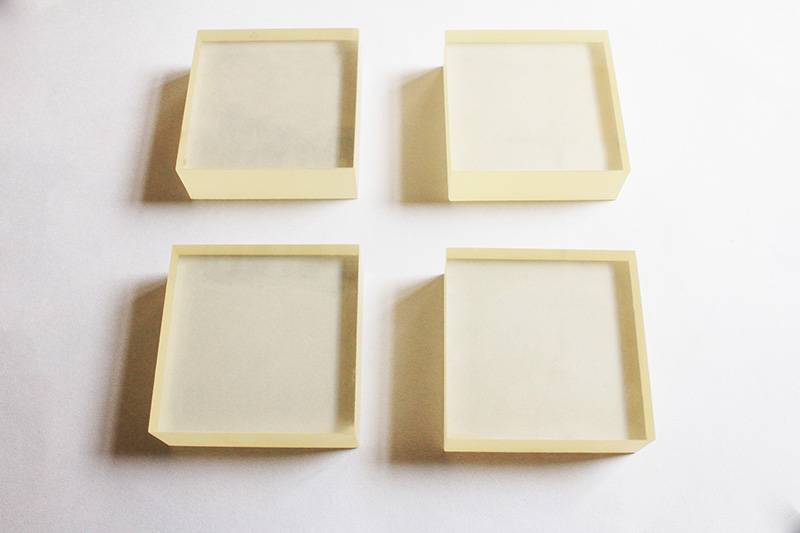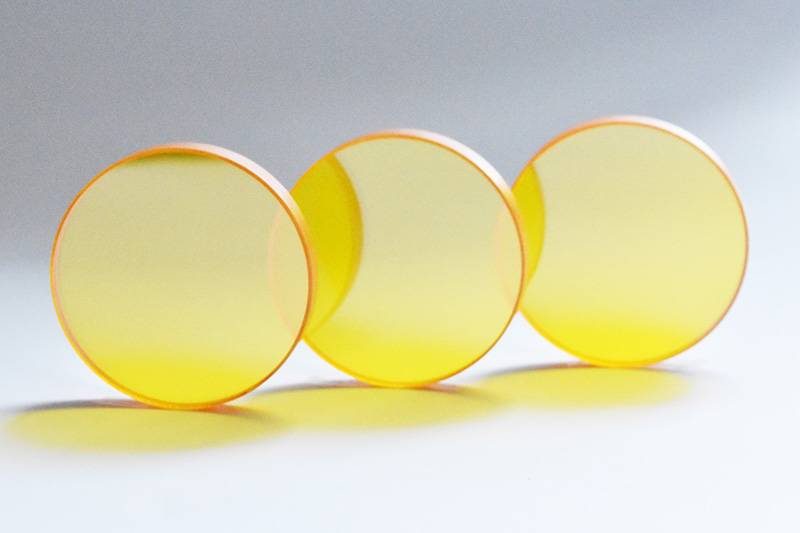CaF2 Windows
Calcium Fluoride has widespread IR application as spectroscopic CaF2 windows, CaF2 prisms and CaF2 lenses. Especially pure grades of Calcium Fluoride (CaF2) find useful application in the UV and as UV Excimer laser windows. Calcium Fluoride (CaF2) is available doped with Europium as a gamma-ray scintillator and is harder than Barium Fluoride.
Calcium Fluoride can be used for many applications, including vacuum ultra violet, ultra violet and infrared thermal imaging. Calcium fluoride is traditionally used in apochromatic design to reduce light dispersion in lenses, both in cameras and telescopes, and has uses in the oil and gas industry as a component in detectors and spectrometers. Primarily used in spectroscopic windows, as well as in thermal imaging and other systems where high transmission between 0.2µm and 8µm is required, calcium fluoride is attacked by few reagents and offers a low absorption coefficient and high damage threshold, beneficial in its use in excimer laser systems.
Calcium Fluoride is used in spectroscopy systems for beam steering and focussing. The CaF2 lenses and windows offer over 90% transmission from 350nm through to 7µm and are used in spectrometer systems where a broad wavelength range is required. Calcium Fluoride's low index of refraction allow Calcium Fluoride to be used in systems without the use of antireflection coatings, unlike other IR materials.
| Transmission Range : | 0.13 to 10 μm (Note: IR grade will have restricted performance outside IR range) |
| Refractive Index : | 1.39908 at 5 μm (1) (2) |
| Reflection Loss : | 5.4% at 5 μm |
| Absorption Coefficient : | 7.8 x 10-4 cm-1 @ 2.7 μm |
| Reststrahlen Peak : | 35 μm |
| dn/dT : | -10.6 x 10-6/°C (3) |
| dn/dμ = 0 : | 1.7 μm |
| Density : | 3.18 g/cc |
| Melting Point : | 1360°C |
| Thermal Conductivity : | 9.71 W m-1 K-1 (4) |
| Thermal Expansion : | 18.85 x 10-6/°C (5)(6) |
| Hardness : | Knoop 158.3 (100) with 500g indenter |
| Specific Heat Capacity : | 854 J Kg-1 K-1 |
| Dielectric Constant : | 6.76 at 1MHz (7) |
| Youngs Modulus (E) : | 75.8 GPa (7) |
| Shear Modulus (G) : | 33.77 GPa (7) |
| Bulk Modulus (K) : | 82.71 GPa (7) |
| Elastic Coefficients : | C11 = 164 C12 = 53 C44 = 33.7 (7) |
| Apparent Elastic Limit : | 36.54 MPa |
| Poisson Ratio : | 0.26 |
| Solubility : | 0.0017g/100g water at 20°C |
| Molecular Weight : | 78.08 |
| Class/Structure : | Cubic Fm3m (#225) Fluorite Structure. Cleaves on (111) |
Products categories
-

Phone
Phone
-

Email
Email
-

whatsapp
whatsapp
-

Wechat
Wechat

-

Top

